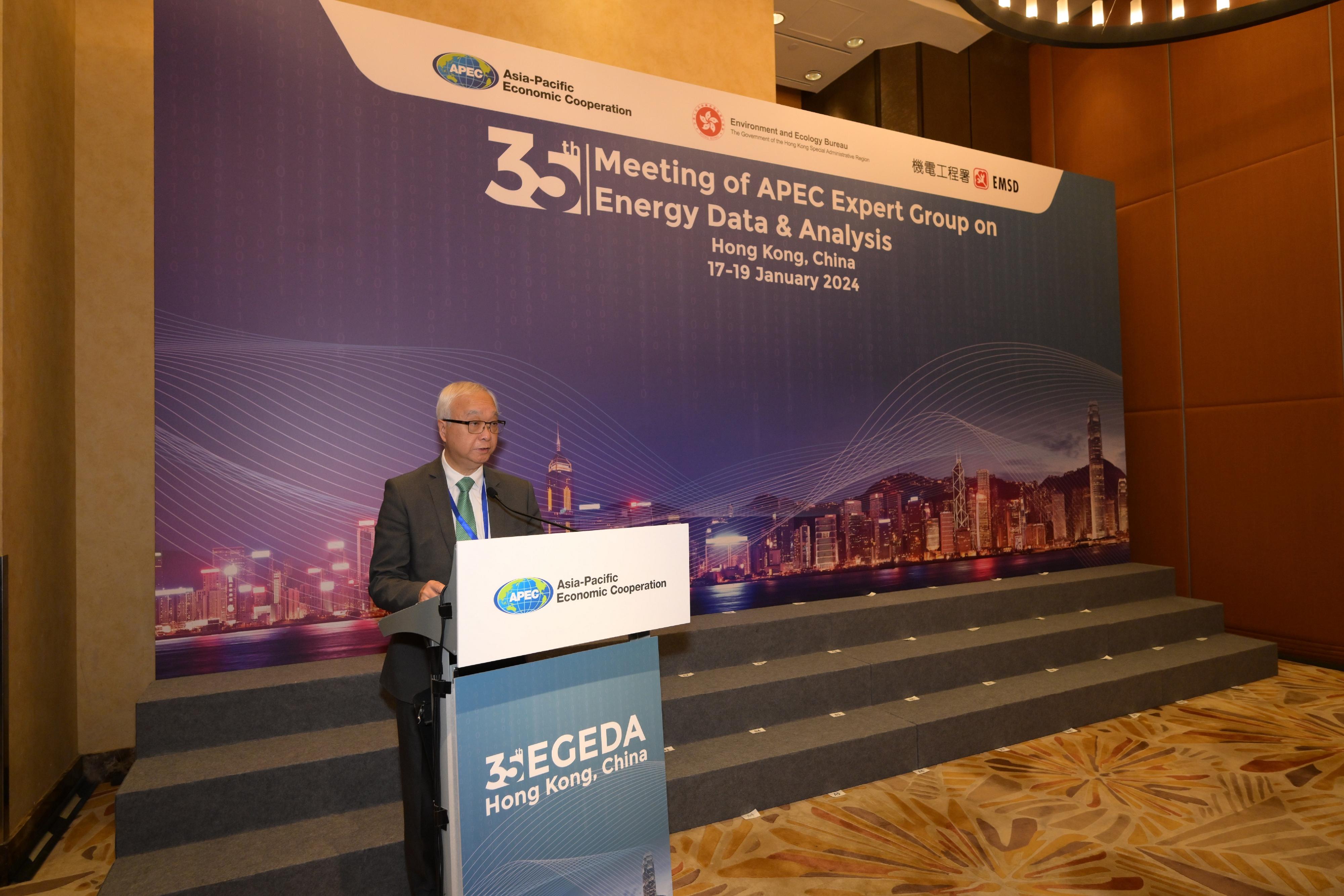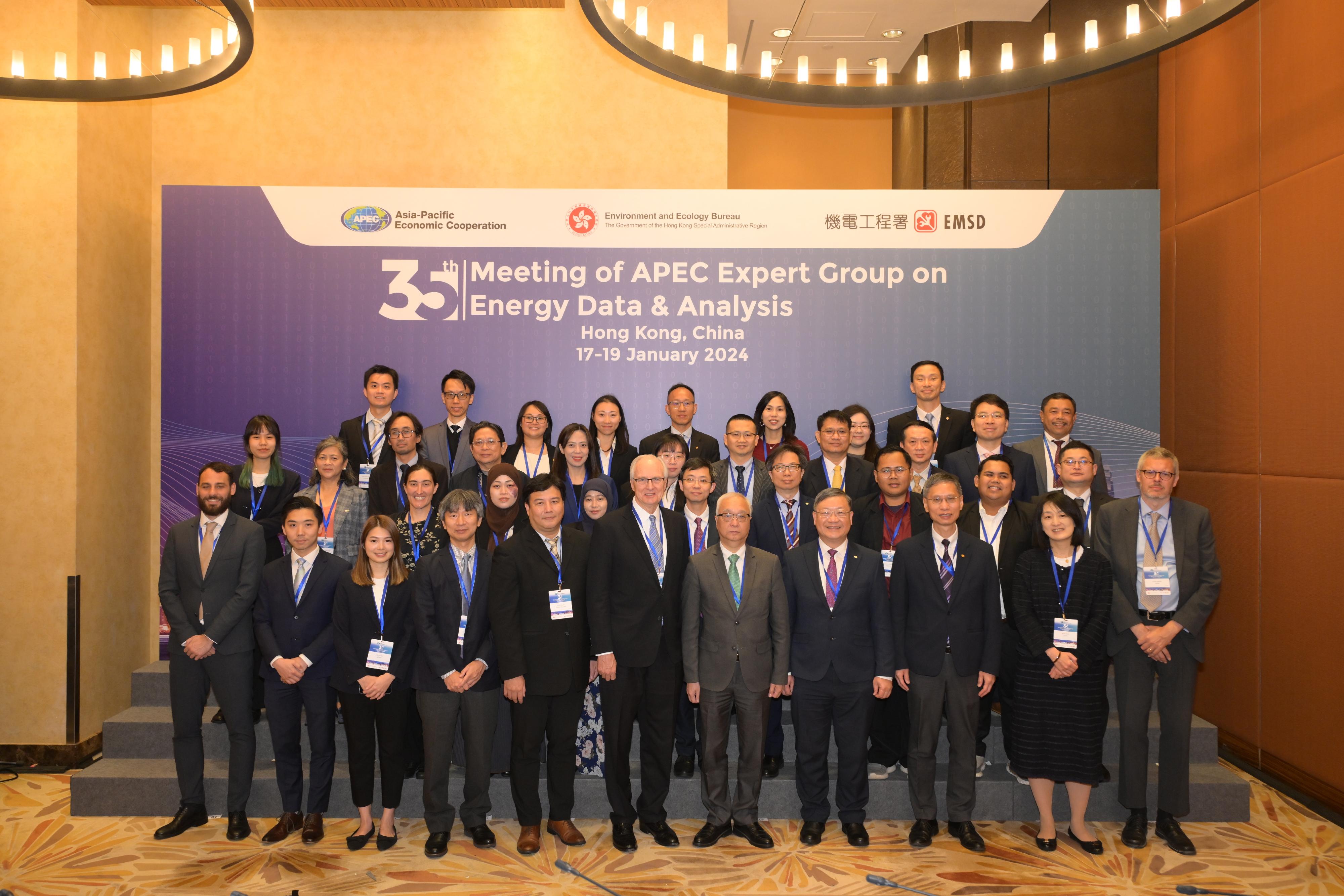LCQ5: Implementation of contactless clearance
Following is a question by the Hon Yim Kong and a reply by the Secretary for Security, Mr Tang Ping-keung, in the Legislative Council today (January 17):
Question:
It is learnt that contactless clearance adopts biometric technologies such as facial recognition for automated clearance verification. There are views that apart from enhancing clearance efficiency, expediting the implementation of contactless clearance which goes without gate checking formalities at various immigration control points in Hong Kong also helps to actively dovetail with the National 14th Five-Year Plan to promote Hong Kong’s development into an international innovation and technology centre. In this connection, will the Government inform this Council:
(1) as the Government has indicated in the new Policy Address that it will study with the Shenzhen Municipal Government the use of facial recognition technology to achieve contactless clearance, so as to provide travel convenience for scientific research personnel at the Hetao Shenzhen-Hong Kong Science and Technology Innovation Co-operation Zone, of the latest implementation progress and timetable of the Parks concerned, as well as the specific arrangements relating to contactless clearance (including whether the relevant arrangements will be implemented this year to expedite the co-operation between Shenzhen and Hong Kong in innovation and technology);
(2) whether it has discussed with the Shenzhen authorities the implementation of contactless clearance at the redeveloped Huanggang Port; if so, of the specific arrangements; if not, the reasons for that; and
(3) given that eligible Hong Kong residents who have enrolled can go through self-service immigration clearance formalities in the “Contactless e-Channels” set up at various immigration control points with the use of the relevant QR codes and facial recognition technology, whether the Government has reviewed the security and reliability of the relevant service; if it has reviewed and the outcome is in the affirmative, whether the Government will proactively consider implementing contactless clearance which goes without gate checking formalities at various immigration control points (including the airport) as a next step?
Reply:
President,
The Immigration Department (ImmD) has been utilising technologies to enhance the handling capacity of the ports. Back in December 2004, the ImmD has already introduced the automated clearance system (e-Channel) service, which uses identification documents and fingerprints for identity authentication.
In order to provide more convenient automated clearance services, the ImmD also launched the “Contactless e-Channel” at various ports in December 2021. Citizens can use the “iAM Smart” mobile application to verify their identity and complete their registration through the ImmD’s “Contactless e-Channel” mobile application. Registered Hong Kong residents do not need to present their identification documents when using the “Contactless e-Channel”. They only need to scan the encrypted QR code displayed on the mobile application for the system to read their personal data before entering the e-Channels. Facial recognition technology is used to compare the read personal data to confirm their identities. The immigration clearance will then be completed and they can pass through the gate to leave. The entire process only takes about seven seconds, which is 13 per cent faster than the eight seconds required by traditional e-Channels, and has further enhanced the efficiency of port clearance, providing passengers with more convenient immigration service.
As for contactless clearance, it generally refers to the clearance process which does not require presentation of any identification documents (including relevant QR codes) but by directly using facial recognition to verify the users’ identities against the database. Since this technology requires real-time comparison against all data in the database, to ensure immigration clearance efficiency, at this stage we believe that contactless clearance is technically more suitable for ports serving specific groups of pre-verified individuals below the population of 100 000.
Currently, the ImmD already has an example of implementing contactless clearance. Starting from October 2022, the Hong Kong International Airport has put in place the Flight Token service. Passengers only need to show their faces for identity verification during the check-in procedure in order to store their personal data in the database for comparison purpose. Thereafter, for subsequent procedures in the airport including departure and boarding, it is only necessary to use facial recognition for identity verification, instead of repeated presentation of travel documents and boarding passes. During departure, eligible Hong Kong residents only need to scan their faces at the ImmD’s Flight Token contactless e-Channel cameras to complete departure clearance without the need to present any identification documents nor QR codes, thereby achieving contactless clearance.
My reply to the Member’s question is as follows:
(1) The Hetao Shenzhen-Hong Kong Science and Technology Innovation Co-operation Zone (Co-operation Zone) locates at the convergence point of the Northern Metropolis and the Guangzhou-Shenzhen innovation and technology corridor, which consists of the 87-hectare Hong Kong Park (i.e. Hong Kong-Shenzhen Innovation and Technology Park) and the 300-hectare Shenzhen Park. The first three buildings of the first phase of the Hong Kong Park will be completed gradually from the end of 2024 as planned.
The Co-operation Zone will operate under the mode of “one zone, two parks”, with research personnel going to work early and returning home late between 2 places every day. As such, it is necessary to provide convenient clearance mode and facilities to allow designated personnel to enjoy travel convenience by, for example, enabling those who have pre-registered under the system to enjoy streamlined travel between the two parks, and adopting technology to facilitate faster movement. In addition, to facilitate innovation and technology (I&T) personnel travelling frequently between two sides every day, the Hong Kong Special Administrative Region (HKSAR) Government and the Shenzhen Municipal Government are exploring the construction of cross-river footbridge between two parks but details such as exact location, clearance mode and construction timetable are subject to discussion between the two Governments.
To facilitate the travel of I&T personnel between the two places, the Security Bureau will collaborate with the mainland authorities concerned to actively explore an innovative clearance mode which will allow designated personnel of both places to go through immigration clearance by using a cross-river footbridge. Our target is to allow I&T personnel of both sides who have pre-verified their eligibility to use facial recognition technology to verify their identities, thereby achieving contactless clearance.
(2) The Governments of Hong Kong and Shenzhen are currently pressing ahead with the redevelopment of the Huanggang Port in full steam, including actively studying the implementation of the user-friendly clearance mode of “collaborative inspection and joint clearance” in the new Huanggang Port.
Under this clearance mode, automatic channels/counters of both sides will be set up side by side within their respective jurisdiction at the boundary inside the port, such that outbound and inbound visitors only need to queue up to have their documents inspected and their identities verified once to pass through the immigration facilities of both sides in order to complete the respective immigration procedures, which is highly convenient.
At present, the two Governments have reached preliminary consensus on implementing the “collaborative inspection and joint clearance” mode at the new Huanggang Port and are discussing the operational details in depth. Taking Hong Kong residents holding Mainland Travel Permits for Hong Kong and Macao Residents as an example, if they wish to use the collaborative inspection automatic channels, they will need to pre-register and already authorised the immigration departments of both Hong Kong and Shenzhen for the collection, holding, processing or use of their personal data (including travel document numbers, facial features and fingerprint information). During the clearance process for pre-registered Hong Kong residents, the immigration departments of Hong Kong and Shenzhen will only compare the read document data with their respective databases and there is no data sharing involved. For those who do not wish to use the collaborative inspection service, they can still choose other clearance channels such as traditional manual inspection channels.
Since the new Huanggang Port is expected to be a high-volume port that can be used by all residents and visitors from Hong Kong and Shenzhen, with the number of people who can use the port far exceeding 100 000, we are currently not considering implementing contactless clearance at the port.
(3) As contactless clearance is suitable for ports serving specific groups of individuals with pre-verified eligibility, we believe that it is not suitable for ports serving general passengers at this stage. As for the airport, we believe that the current gateway design of the Flight Token contactless e-Channels is conducive to immigration control by facilitating the interception and handling of individual cases (such as wanted persons), and hence is necessary for security purpose. If the gateways are not in place, it will not only pose certain difficulties in interception, but also hinder the smooth operations and maintenance of order of the clearance channels. We therefore will not consider the option at this stage.
The ImmD will review the use of immigration facilities and system operation from time to time, and continue to apply innovative technologies to immigration control with a view to providing services with enhanced convenience and quality.
Thank you, President. read more



